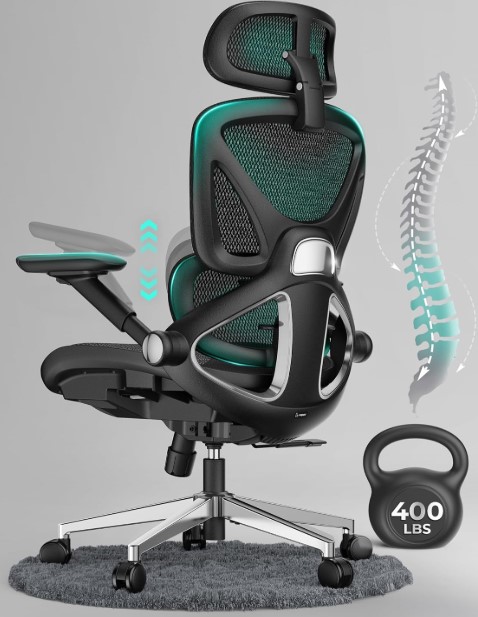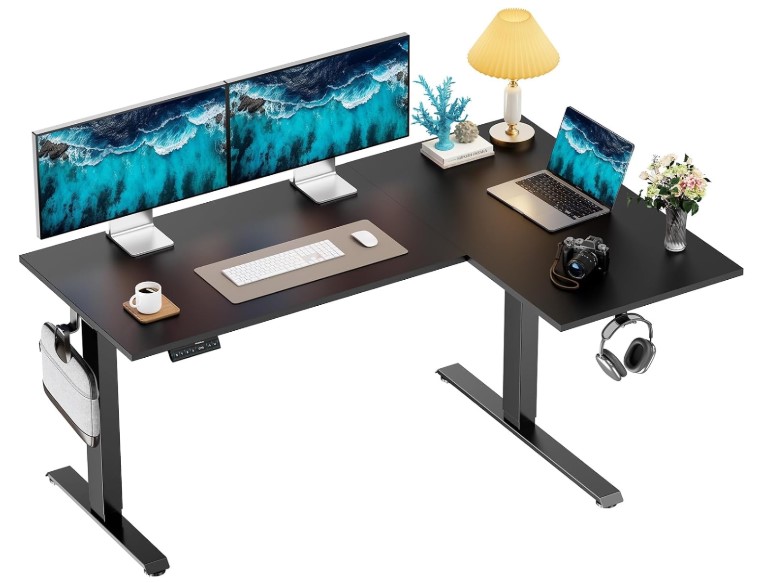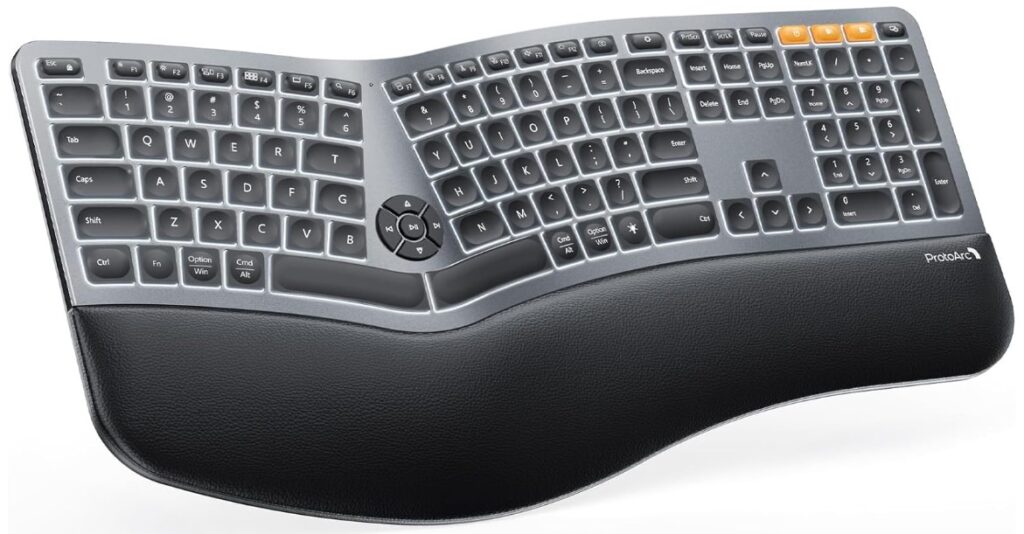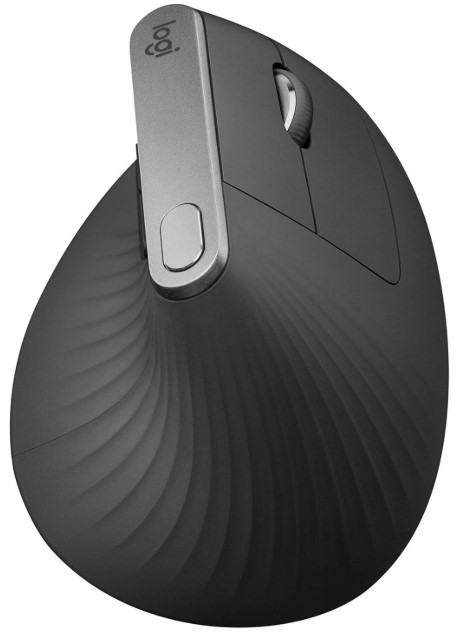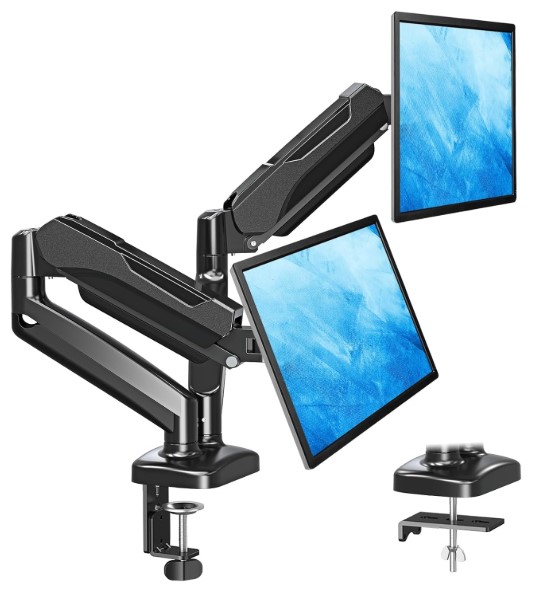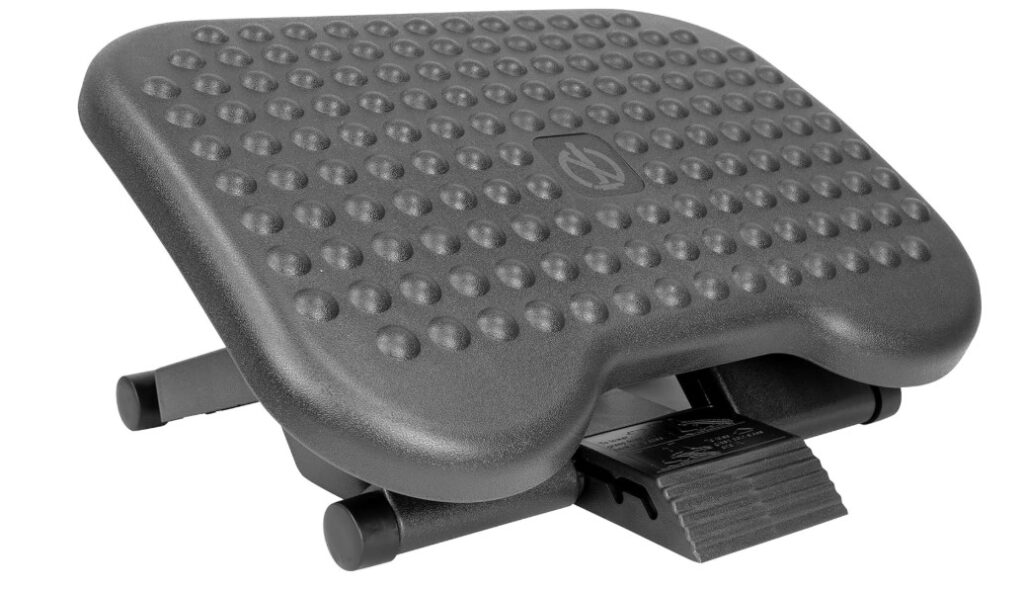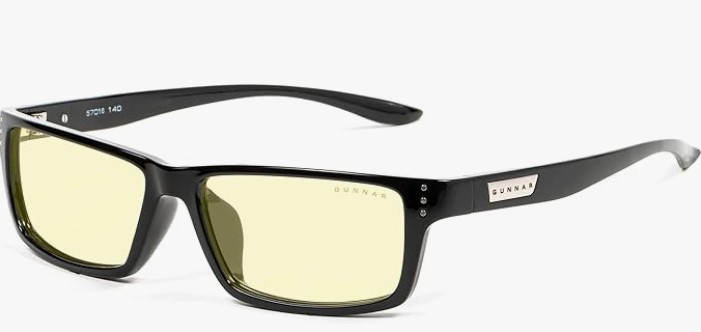The Rise of Workplace Wellness
Sleep is precious, but our health during waking hours is equally vital. Musculoskeletal disorders and repetitive strain injuries have become alarmingly common in workplaces worldwide.
Ergonomic accessories are emerging as the underestimated stars of workplace wellness, adapting our work environment to our bodies as opposed to forcing our bodies to adapt to rigid setups.
From standing desks to ergonomic mice, these tools promise to change how we work, potentially reducing pain, boosting productivity, and enhancing overall health. The global ergonomic products market is projected to reach $78.3 billion by 2024, signaling a significant shift towards healthier, more comfortable work environments.
The Science of Ergonomics
Ergonomics is a science backed by decades of research. British psychologist Hywel Murrell coined the term in 1949, but the concept has much deeper roots.
Even Leonardo da Vinci used a standing desk in the 1400s!
Modern ergonomics is founded on the principle that work systems should be designed to fit the user. This approach considers human abilities and limitations to confirm tasks, equipment, and environments suit each person.
Research consistently shows the benefits of ergonomic interventions:
- A 2012 study in the Journal of Occupational and Environmental Medicine found that ergonomic interventions reduced musculoskeletal symptoms by 32% and increased productivity by 17%.
- Research published in Applied Ergonomics revealed that using a sit-stand desk for just 3 hours a day can burn up to 174 calories.
- A 2019 study in the International Journal of Environmental Research and Public Health discovered that ergonomic interventions can improve job satisfaction by up to 25%.
These findings highlight the holistic impact of ergonomics on both physical and mental wellbeing.
*This post may contain affiliate links. If you click on a link and make a purchase, I may earn a small commission at no additional cost to you. As an affiliate, I only recommend products and services I trust and believe will bring value to my readers.*
Essential Ergonomic Accessories
Let’s explore key accessories that can improve your workspace:
1. Ergonomic Chairs
A good chair forms the foundation of any ergonomic setup. High-quality ergonomic chairs can reduce lower back pain by up to 47%.
When selecting a chair, prioritize adjustable height, lumbar support, and armrests.
These features allow you to customize the chair to your body, promoting proper posture and reducing strain during long work sessions.
Product Recommendation: CAPOT Ergonomic Mesh Office Chair
2. Standing Desks
Standing desks have gained significant popularity in recent years. They offer many benefits, including calorie burning, improved posture, and reduced risk of heart disease.
However, the key to reaping these benefits comes from alternating between sitting and standing throughout the day.
A good rule of thumb is to start with 30 minutes of standing per hour and gradually increase as your body adapts.
Product Recommendation: HUANUO 63 x 40 inch Dual Motor L-Shaped Standing Desk
3. Ergonomic Keyboards
Split keyboards and those with a slight tilt can reduce the risk of carpal tunnel syndrome by up to 68%. These designs help keep your wrists in a more natural position, reducing strain during extended typing sessions.
Some keyboards also offer customizable key layouts, allowing you to tailor the setup to your specific needs and typing style.
Product Recommendation: ProtoArc Backlit Wireless Ergonomic Keyboard
4. Vertical Mice
Traditional mice force your wrist into an unnatural position, potentially leading to strain and discomfort. Vertical mice keep your hand in a “handshake” position, which is more natural and reduces strain on your wrist and forearm.
Many users report a significant reduction in wrist pain after switching to a vertical mouse.
Product Recommendation: Logitech MX Vertical Advanced Ergonomic Mouse
5. Monitor Arms
Adjustable monitor arms allow you to position your screen at the perfect height and distance, reducing neck strain and eye fatigue. Proper monitor positioning is crucial for maintaining good posture and preventing the “tech neck” syndrome often associated with prolonged computer use.
Product Recommendation: MOUNTUP Dual Monitor Stand for Desk
6. Footrests
Footrests are often overlooked but can significantly improve circulation and reduce pressure on your lower back, especially if your feet don’t comfortably reach the floor when seated. They promote better posture by encouraging you to sit back in your chair and can be particularly useful for shorter individuals.
Product Recommendation: HUANUO Adjustable Under Desk Footrest
7. Blue Light Blocking Glasses
While not traditionally considered an ergonomic accessory, blue light blocking glasses can reduce eye strain and improve sleep quality for those who work late hours. They filter out the blue light emitted by digital screens, which can disrupt your natural sleep-wake cycle.
Product Recommendation: GUNNAR – Premium Gaming and Computer Glasses
Implementing Ergonomics: A Step-by-Step Guide
- Assess Your Current Setup: Take note of any discomfort or pain you experience during work.
Pay attention to areas like your neck, shoulders, back, wrists, and eyes.
This assessment will help you identify which ergonomic interventions might be most useful for you.
- Start with the Basics: Invest in a good chair and confirm your desk is at the right height.
Your chair should support your lower back and allow your feet to rest flat on the floor (or a footrest).
Your desk should be at a height where your elbows can rest comfortably at a 90-degree angle when typing.
- Adjust Your Monitor: Position it at arm’s length, with the top of the screen at or slightly below eye level.
This positioning of monitor arm helps prevent neck strain and reduces the likelihood of hunching over to see your screen.
- Upgrade Your Keyboard and Mouse: Consider ergonomic options that keep your wrists in a neutral position.
A split keyboard and vertical mouse can significantly reduce strain on your wrists and forearms.
- Incorporate Movement: Use a sit-stand desk or take regular breaks to move and stretch.
Movement is crucial for preventing stiffness and promoting circulation.
Set reminders to change positions or take short walks throughout the day.
- Fine-tune with Accessories: Add footrests, document holders, or other accessories as needed. These small additions can make a big difference in your overall comfort and posture.
- Listen to Your Body: Continuously assess and adjust your setup based on how you feel.
What works initially may need tweaking as your body adapts or your work habits change.
Common Pitfalls and How to Avoid Them
- Overreliance on Equipment: Even the best ergonomic accessories won’t help if you maintain poor posture or don’t take breaks.
Remember to move regularly and practice good posture habits.
- One-Size-Fits-All Approach: What works for your colleague might not work for you.
Personalize your setup based on your body type, work habits, and any existing health conditions.
- Ignoring Non-Desk Activities: Consider ergonomics in all aspects of your work, including phone use and reading.
Use a headset for long calls and a document holder for reading physical documents.
- Resistance to Change: It might feel uncomfortable at first, but give your body time to adjust to new ergonomic setups.
Start with small changes and gradually adapt to more significant adjustments.
- Neglecting Movement: No ergonomic setup can replace the need for regular movement and exercise.
Incorporate stretches and short walks into your daily routine.
Adapting Ergonomics to Different Scenarios
Remote Work
With more people working from home, creating an ergonomic home office is crucial. Invest in proper equipment and resist the temptation to work from the couch or bed. Designate a specific workspace and set it up with the same care you would an office desk.
Shared Workspaces
In hot-desking environments, look for quickly adjustable equipment and consider portable ergonomic accessories. A laptop stand, travel-friendly ergonomic mouse, and compact keyboard can make a big difference in shared spaces.
Creative Professions
Artists, designers, and other creatives might need specialized ergonomic tools. Consider drawing tablets with adjustable stands, ergonomic pencil grips, or specialized chairs designed for tasks that need leaning forward.
Beyond the Basics: Advanced Ergonomic Concepts
As you become more attuned to ergonomics, explore these advanced concepts:
Microbreaks
Short, frequent breaks can be more useful than longer, infrequent ones. Set a timer to remind you to take a 30-second break every 20-30 minutes.
Use this time to stretch, look away from your screen, or simply change positions.
Active Sitting
Tools like balance boards or wobble stools engage your core while sitting. This subtle movement can improve posture and reduce the negative effects of prolonged sitting.
Ergonomic Software
Programs that remind you to take breaks or suggest exercises can complement your physical ergonomic setup. Some software can even track your mouse and keyboard usage to identify potential problem areas.
Customized Solutions
For specific issues, consider working with an ergonomist to develop tailored solutions. They can assess your workspace and work habits to provide personalized recommendations.
Exercises to Reinforce Ergonomic Habits
- Posture Check: Set hourly reminders to check and fix your posture.
Focus on sitting up straight, pulling your shoulders back, and keeping your feet flat on the floor.
- Desk Stretches: Learn and practice simple stretches you can do at your desk.
Neck rolls, shoulder shrugs, and wrist stretches can help reduce tension and improve circulation.
- Ergonomic Assessment: Regularly assess your workspace and identify areas for improvement.
Take photos of your setup from different angles to get a better perspective.
- Typing Test: Monitor your typing speed and accuracy with different keyboard setups.
This can help you decide which ergonomic keyboard works best for you.
- Vision Breaks: Practice the 20-20-20 rule: every 20 minutes, look at something 20 feet away for 20 seconds.
This helps reduce eye strain associated with prolonged screen time.
Key Takeaways
- Ergonomics is a science backed by research, showing benefits for both physical health and job satisfaction.
- Key ergonomic accessories include chairs, standing desks, keyboards, mice, monitor arms, and footrests.
- Implementing ergonomics is a personalized process that needs continuous assessment and adjustment.
- Common pitfalls include overreliance on equipment and ignoring the need for movement.
- Ergonomics can be adapted to various work scenarios, including remote and creative work.

